Asian American Hate Crimes: How a Myth Makes People Look Away
In March of 2020, a 23-year-old Korean woman was punched in the face in New York City. “Where’s your f*cking mask,” yelled the perpetrator, accusing the Korean woman of carrying the now-omnipresent novel coronavirus. Similar incidents of racial violence and bias crimes toward Asian Americans followed as the virus spread across the country. These abhorrent acts of discrimination and prejudice—further fueled by former President Trump’s consistent anti-Asian rhetoric coupled with the arcane “model minority” myth—tend to receive inadequate media coverage.
Prior to the recent surge in Asian hate crimes, the United States has had a “long history of anti-Asian rhetoric,” according to science teacher and Asian Student Alliance (ASA) advisor Faye Wells. From the Chinese Exclusion Act of 1882, where Asian immigrants were looked upon as inferior and incapable of assimilating, to the Chinese Massacre of 1871, to generational tales of wartime hatred towards Koreans, Vietnamese, and Japanese peoples, a lurking anti-Asian sentiment has tainted America’s past.
The previous Presidential administration normalized “blame shifting” of the pandemic’s effects toward Asian Americans. In April of 2020, then-senior and former co-head of ASA Sehar Dey-Kohli ‘20 said, “Trump deeming COVID-19 ‘The Chinese Virus’ is insidious ignorance and blatant legitimization of all the xenophobic attacks and hate crimes being transgressed against East Asian-looking people.” By dubbing COVID-19 as the “Chinese virus” and “Kung flu,” former President Trump commenced a rise of alienation towards the 18 million Asian Americans currently residing in the United States.
Ms. Wells said, “There is a lot of fear and anger about the pandemic, and people are blaming Asians to redirect some of the toxic feelings.” The “model minority” myth accompanies the former President’s words that carried negative sentiments towards Asians and further perpetuates stereotypes.
According to Learning for Justice, the “model minority” myth “characterizes Asian Americans as a polite, law-abiding group who have achieved a higher level of success than the general population through some combination of innate talent and pull-yourselves-up-by-your-bootstraps immigrant striving.” Clearly, recent racial violence against Asian Americans has often been overlooked because of stereotypes about the community perpetuated by the myth.
Sophomore co-head of ASA Sanaiya Luthar said, “Limiting the effect of the model minority myth on the pursuit of racial equity means recognizing that just because of the way someone looks, they can still be subject to violent forms of discrimination.” Sanaiya added, “It’s absurd. What’s happening right now is the reason we call the entire idea of the model minority a myth.”
On a different note, the myth carries other features that put Asian Americans at a greater cultural disadvantage. As the “model minority” myth suggests upward mobility for Asian Americans, it concurrently produces a misconception that the community does not experience racial discrimination. With respect to the acceptance of the violence against Asian Americans, Ms. Wells said, “This is happening because we are not seen as truly American, and so, therefore, we are not as important, and, clearly to some, threaten the ‘American way.’” Ms. Wells added, “This is simply another example of how, when our unchecked prejudices and biases mixed with fear and desperation, [it] can only lead to truly horrific and hateful acts. ”
At Latin, by collaborating on a unit focusing on Celeste Ng’s Everything You Never Told Me, English 11 teachers Molly Lemieux and Shannon Barker asked their students to read and watch sources that explore the “model minority” myth to enhance understanding of some of the cultural systems, norms, values, and expectations that might have influenced the actions of characters in the novel. Ms. Lemieux said, “When students read texts that provide mostly windows, bringing in outside voices and perspectives not represented in class can help them access the material in a more meaningful way by broadening knowledge of the real-world experience the texts we read reflect and communicate.” Additionally, Ms. Lemieux hoped that the knowledge gained from these lessons might lead to greater understanding and empathy outside of the classroom, too.
These recent—often overlooked—acts of racial violence on Asian Americans are partly erased by the “model minority” myth and the rhetoric of the previous Presidential administration. In regards to the future of discrimination against Asians in the United States, Ms. Wells said, “I think unless we challenge and call out the ‘othering’ of people in this country, things like this simply will keep happening.
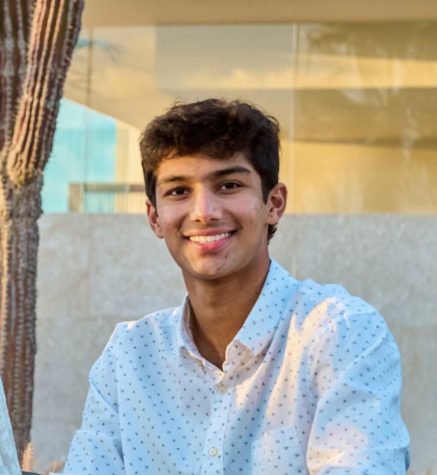
Armaan Shah (‘23) is a senior at Latin and is thrilled to be serving as an Editor-in-Chief of The Forum. He has covered a wide range of topics and encourages...

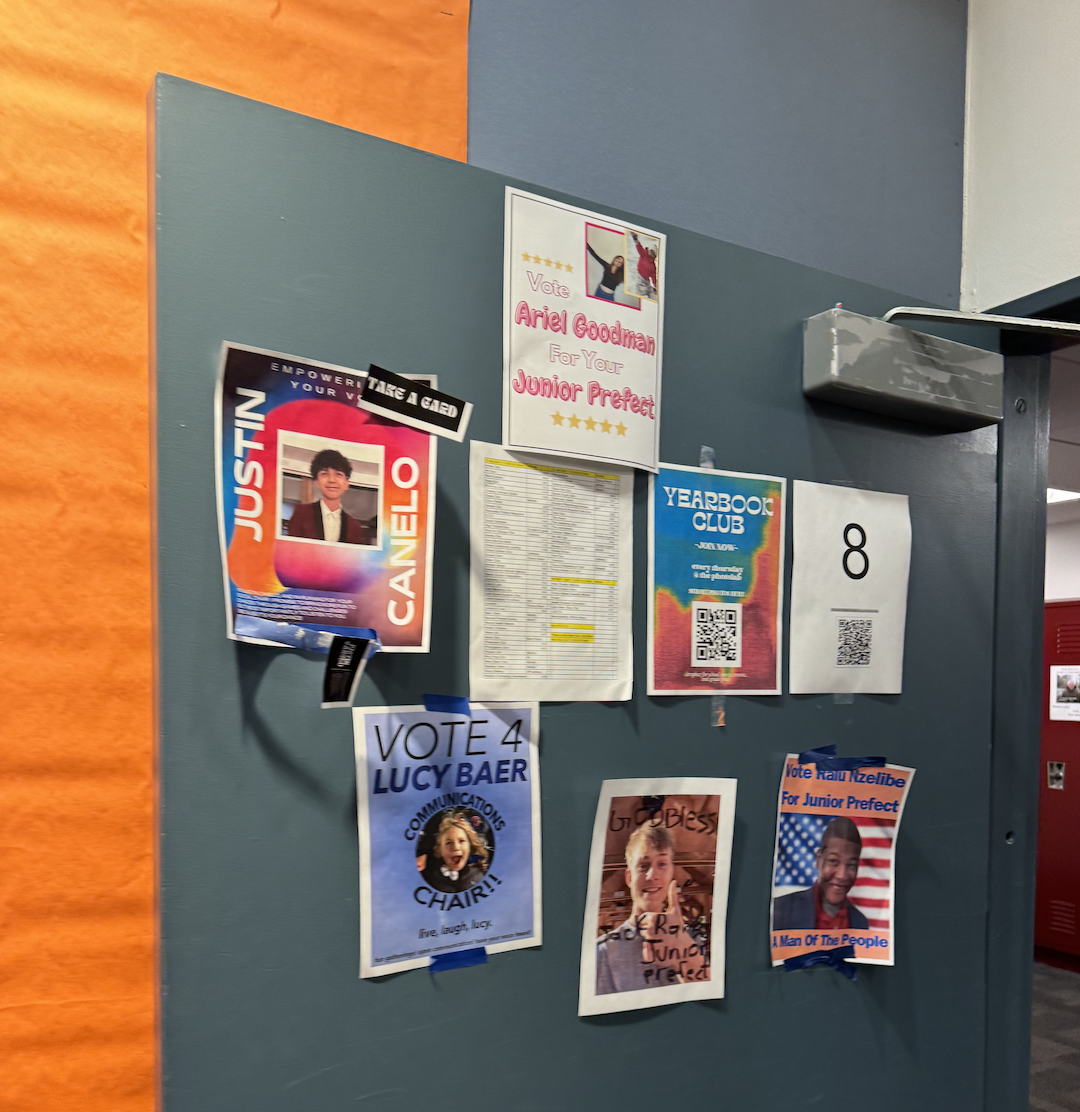

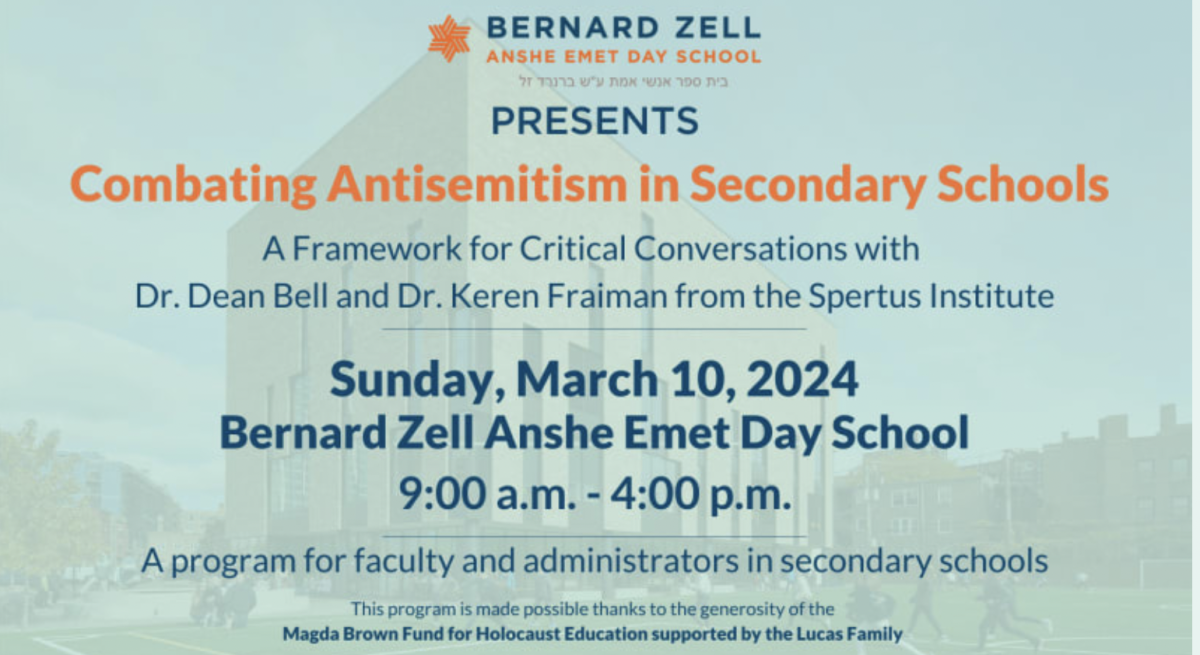
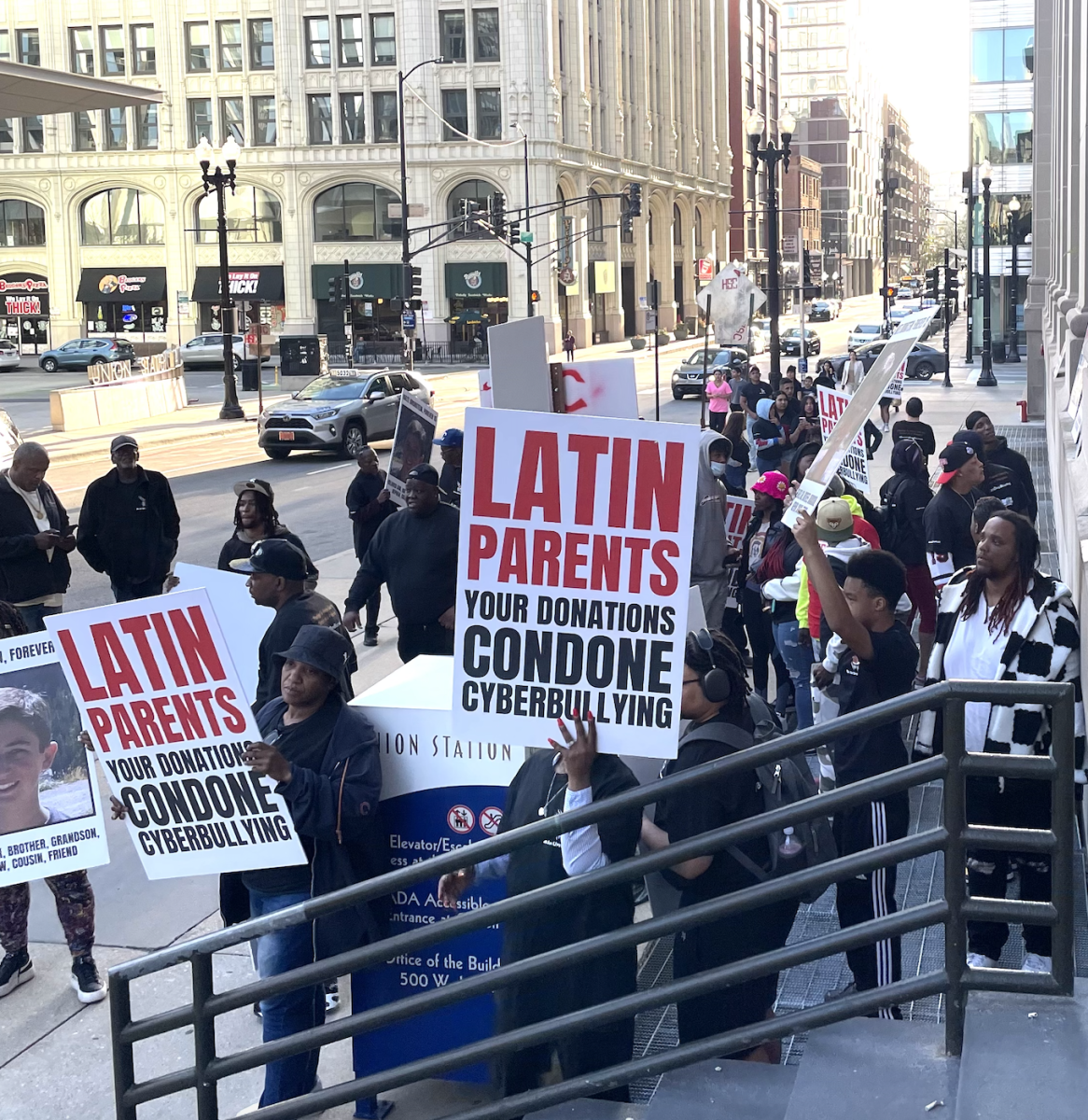
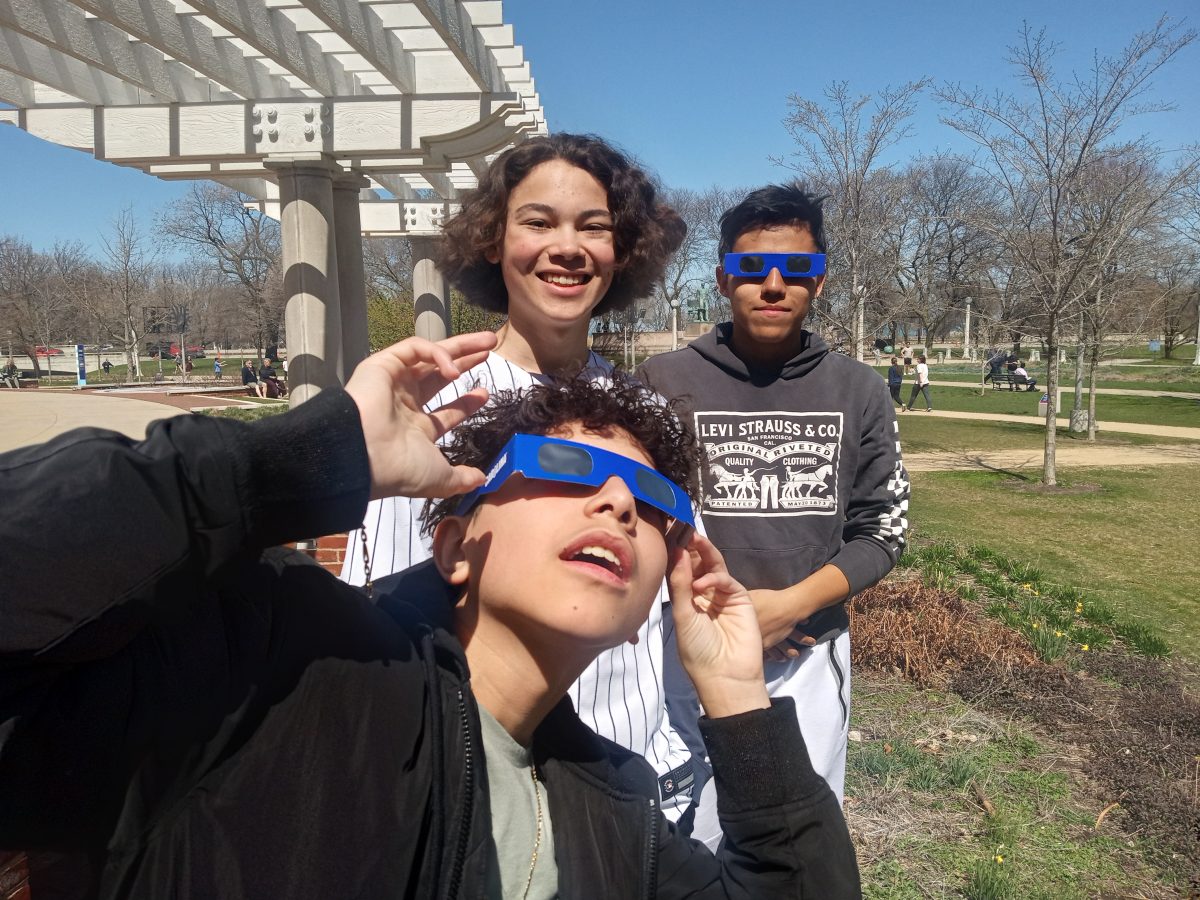



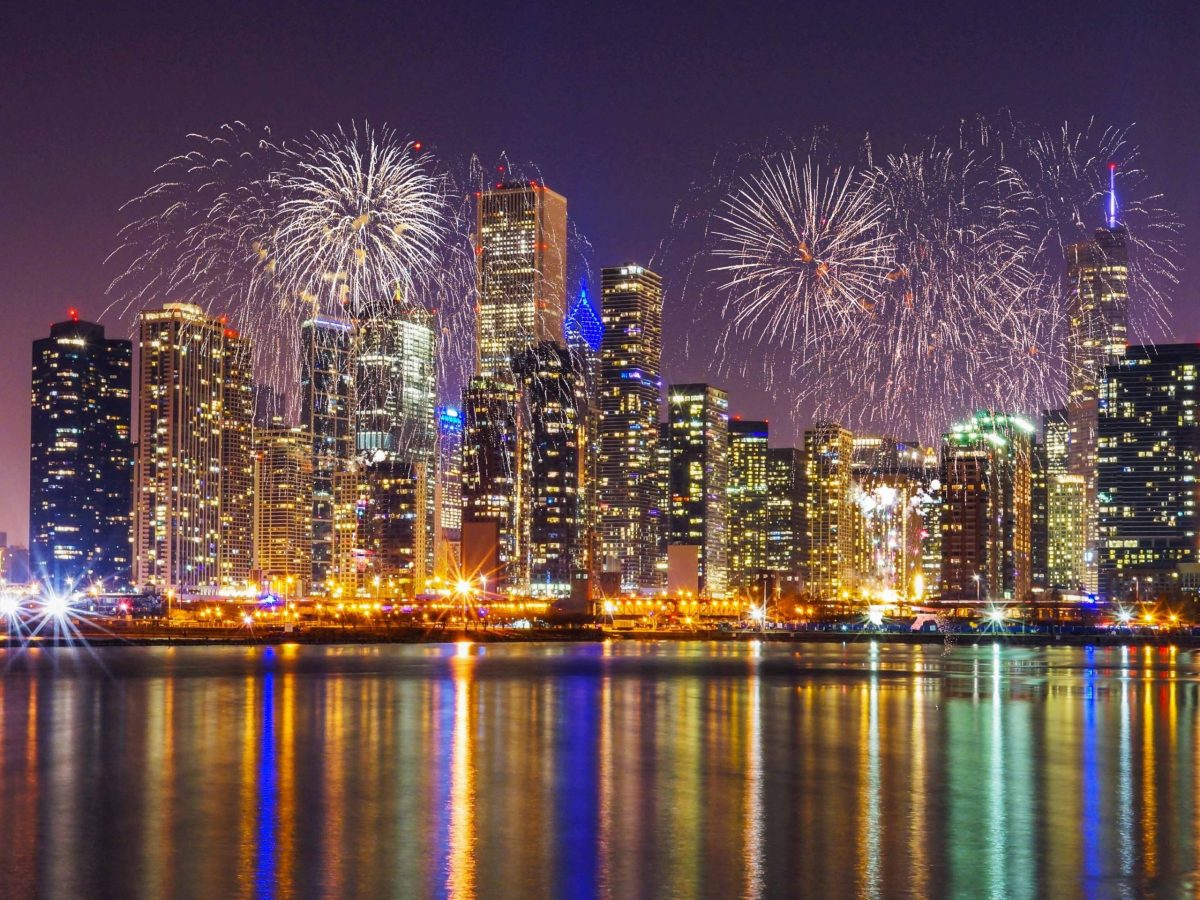






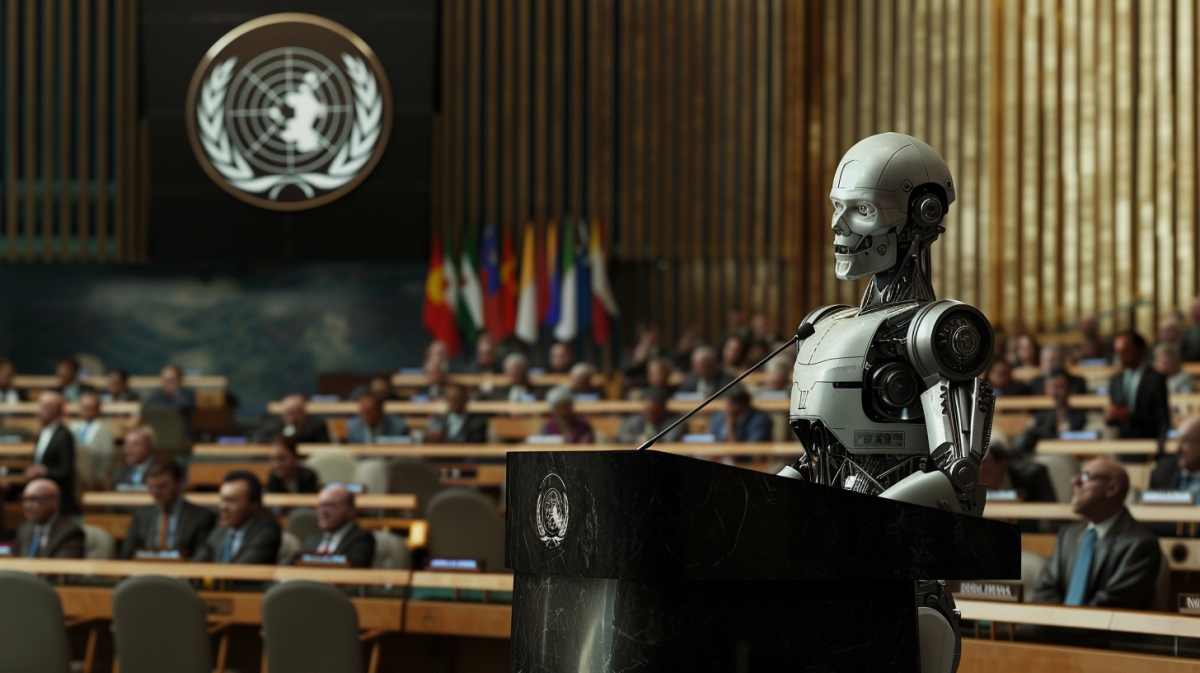



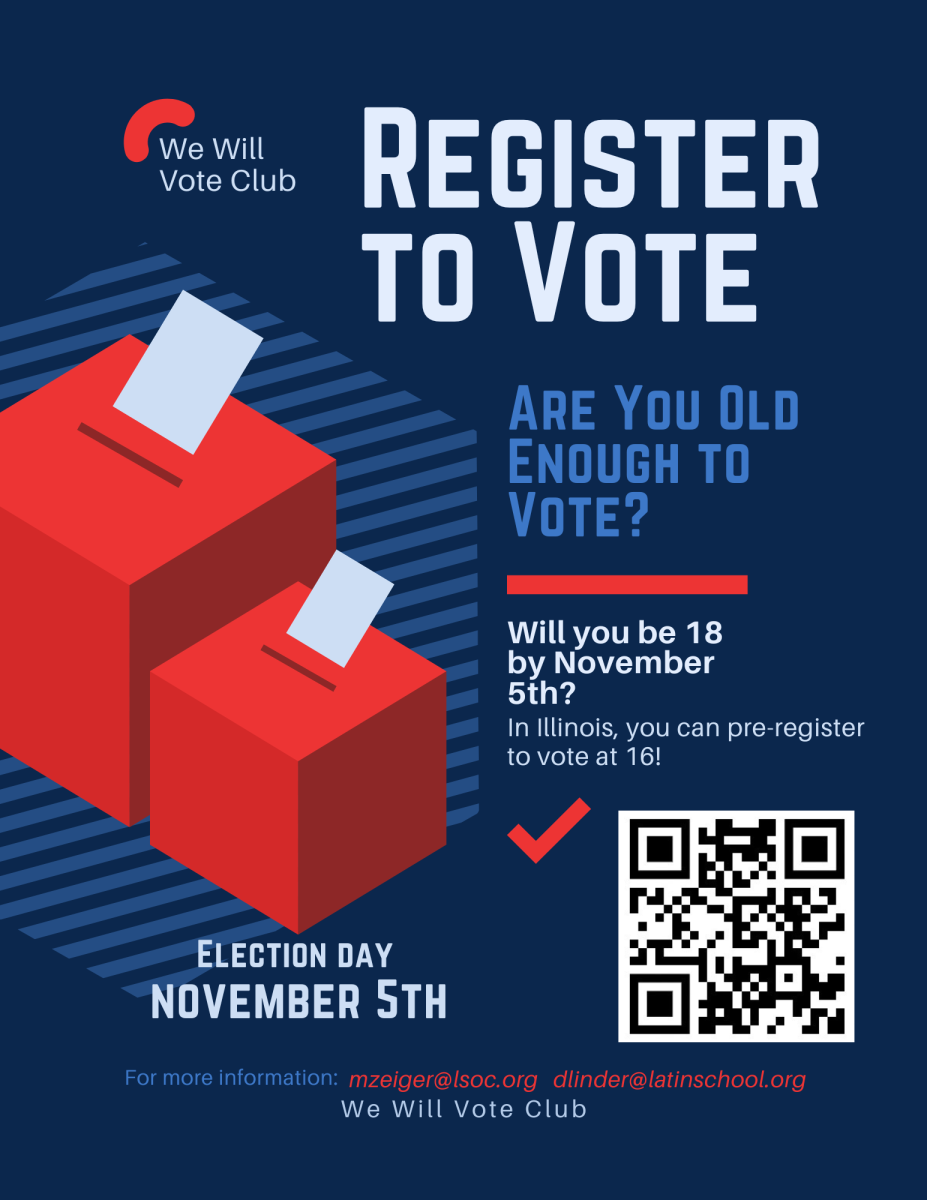

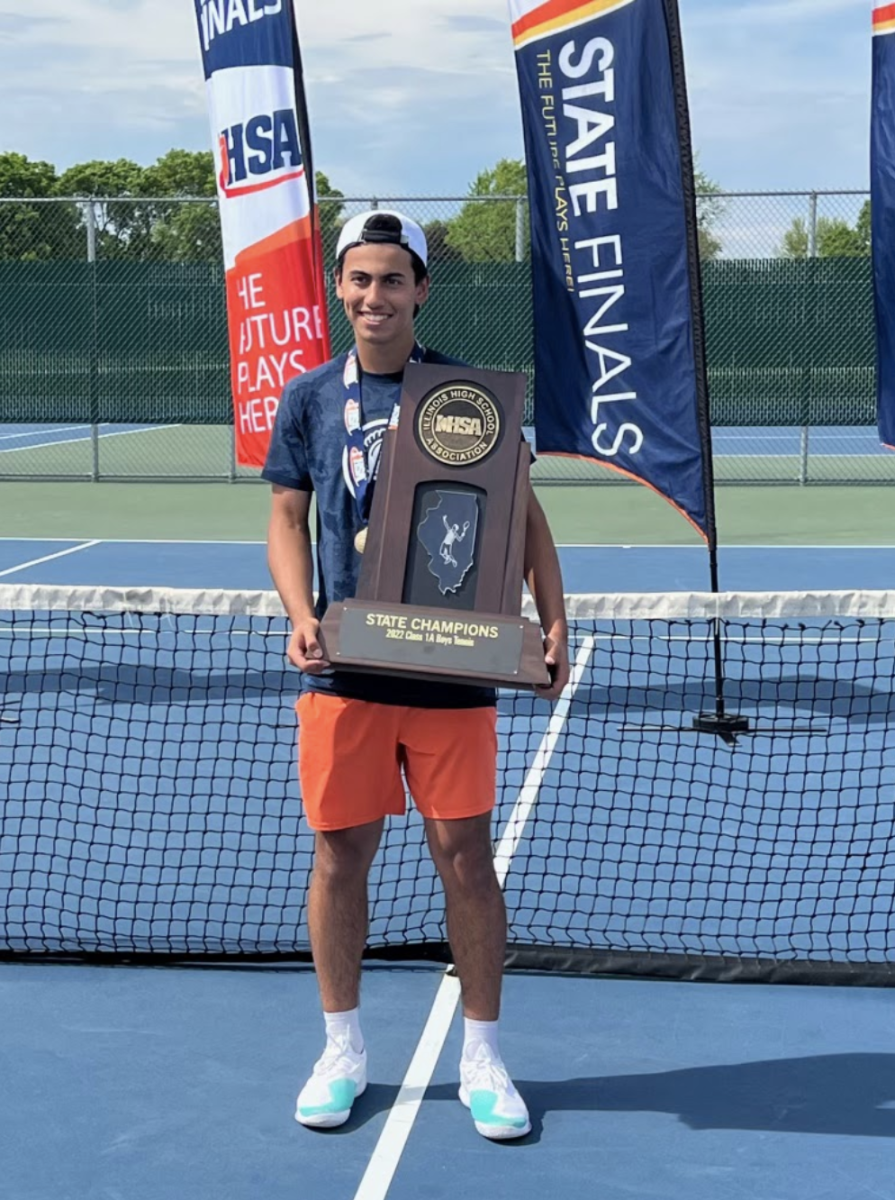
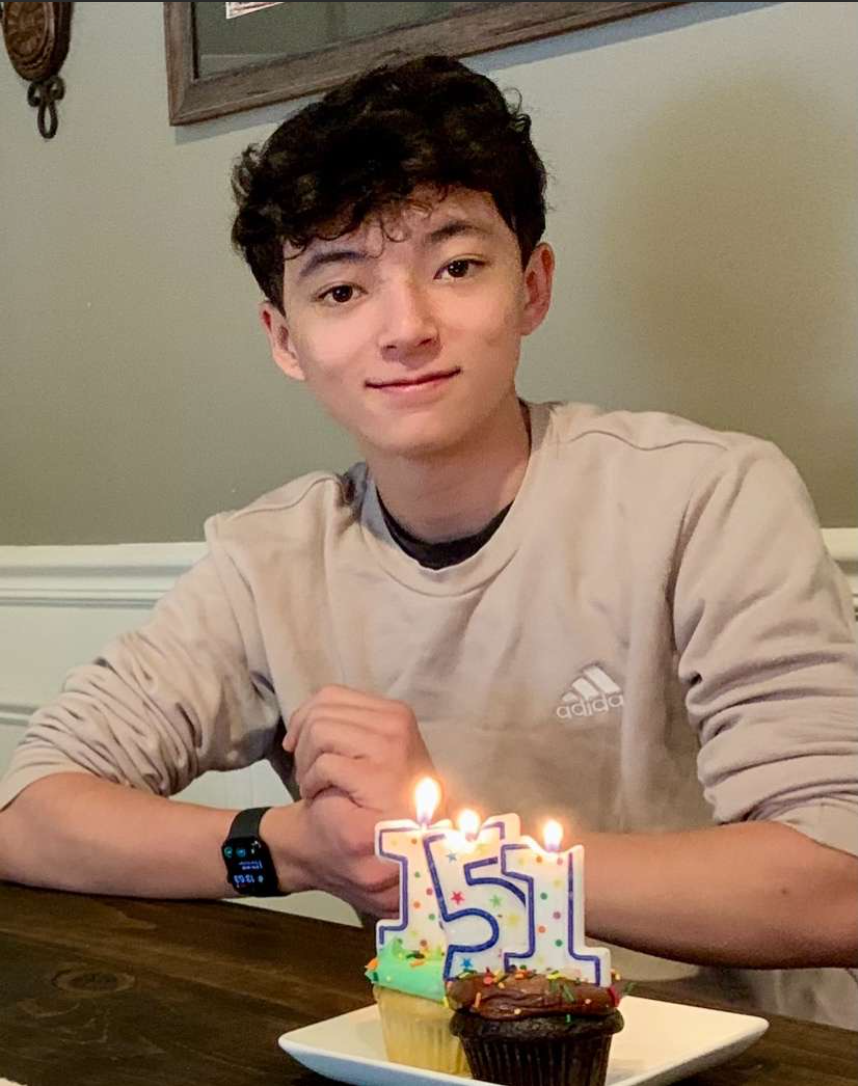
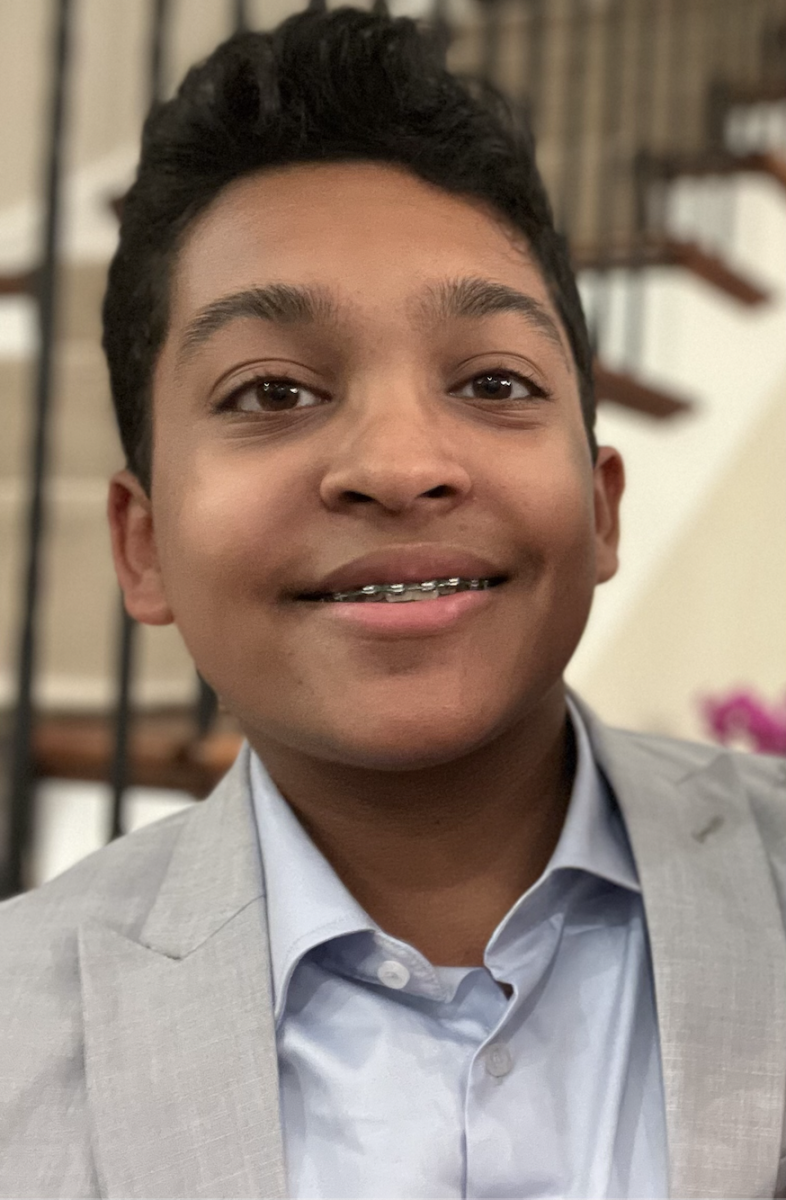


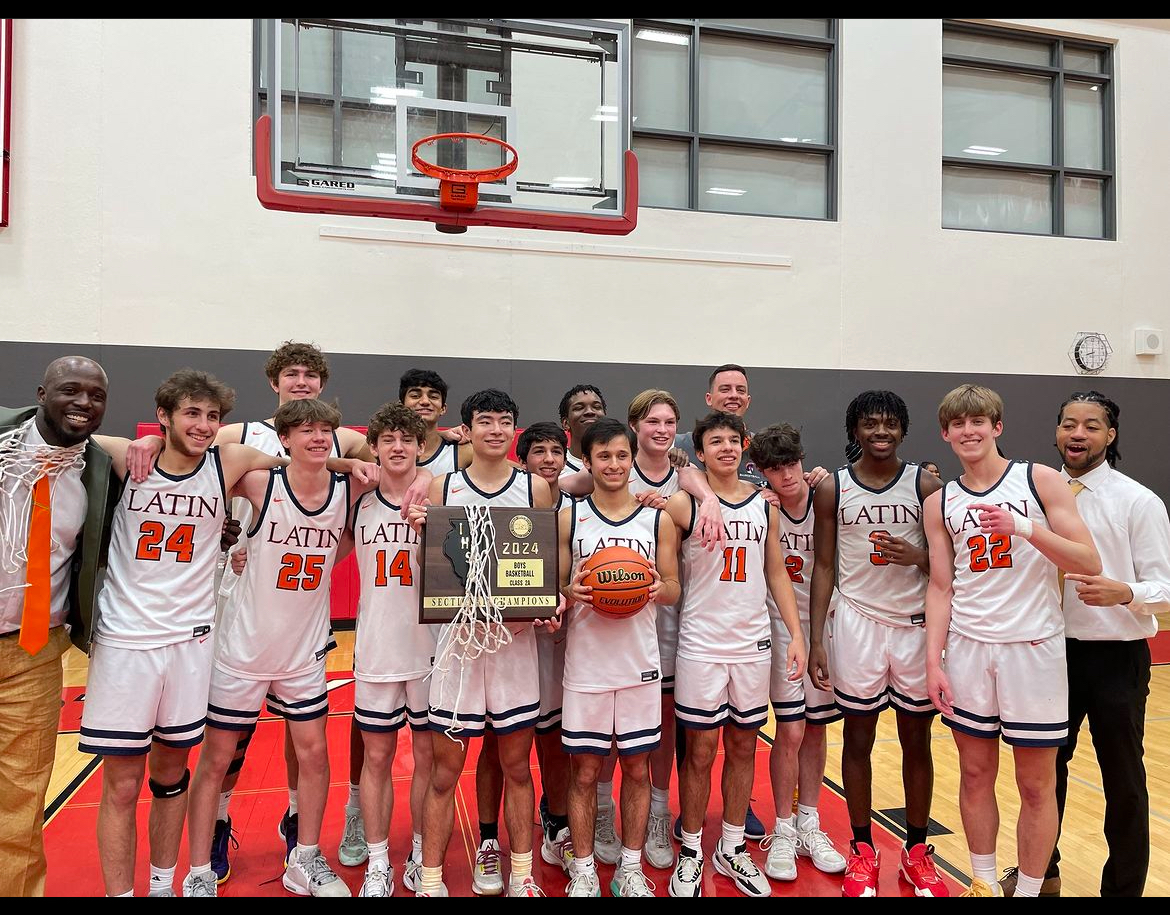
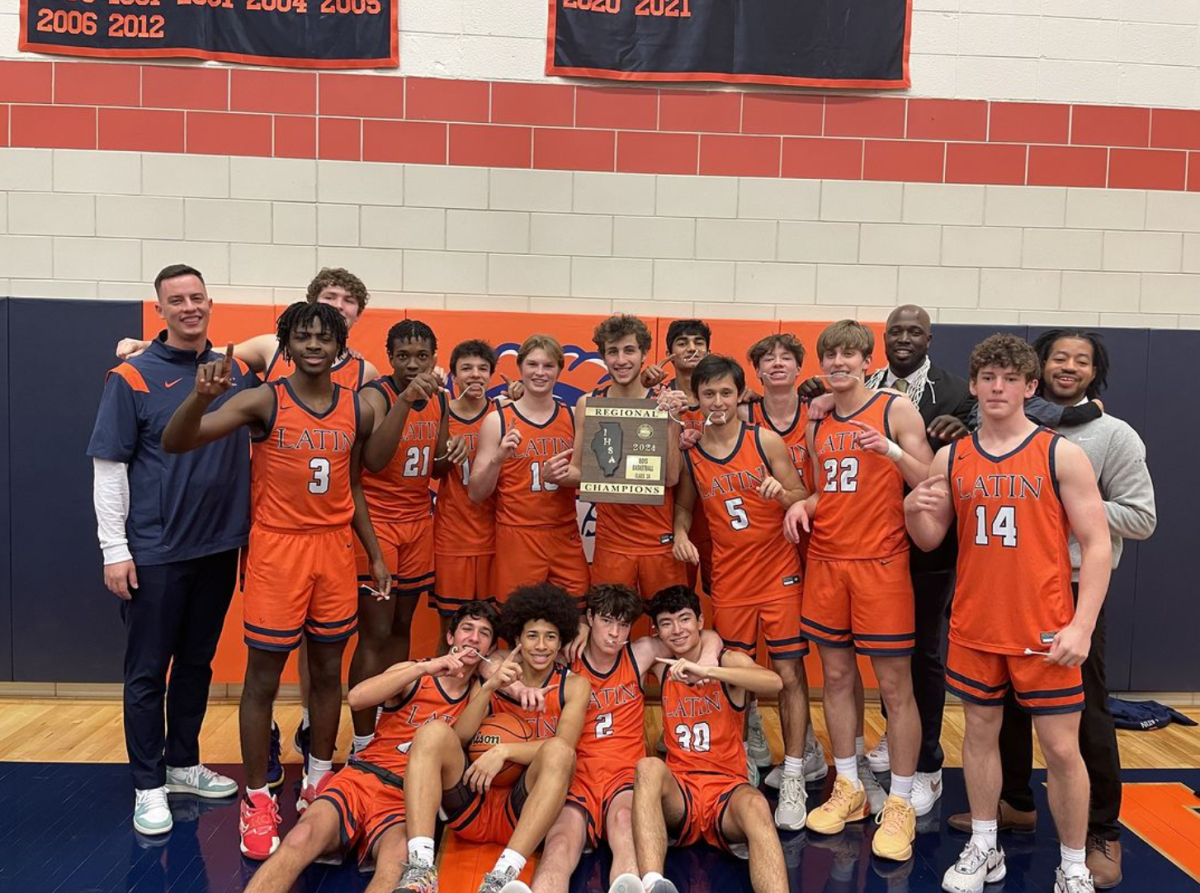

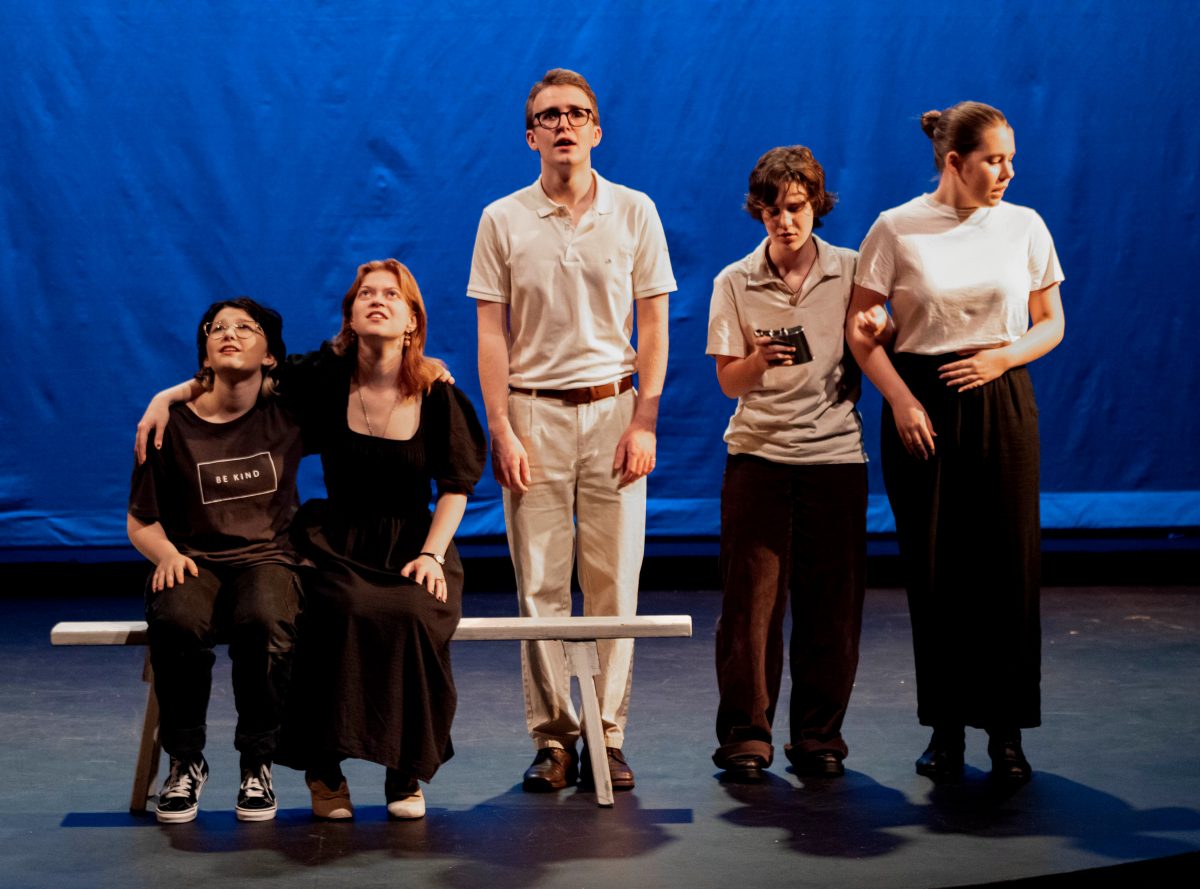
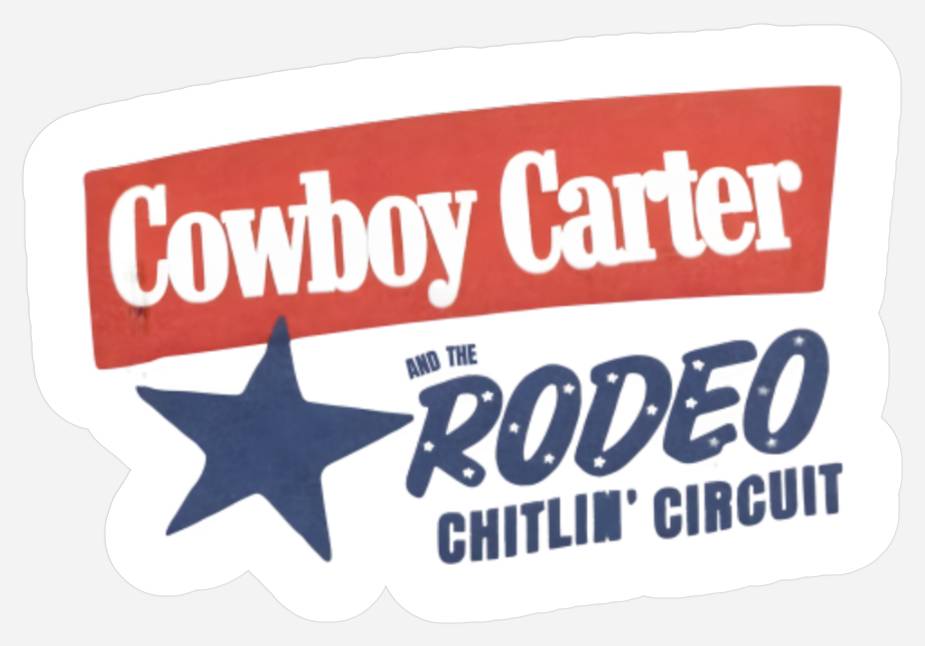
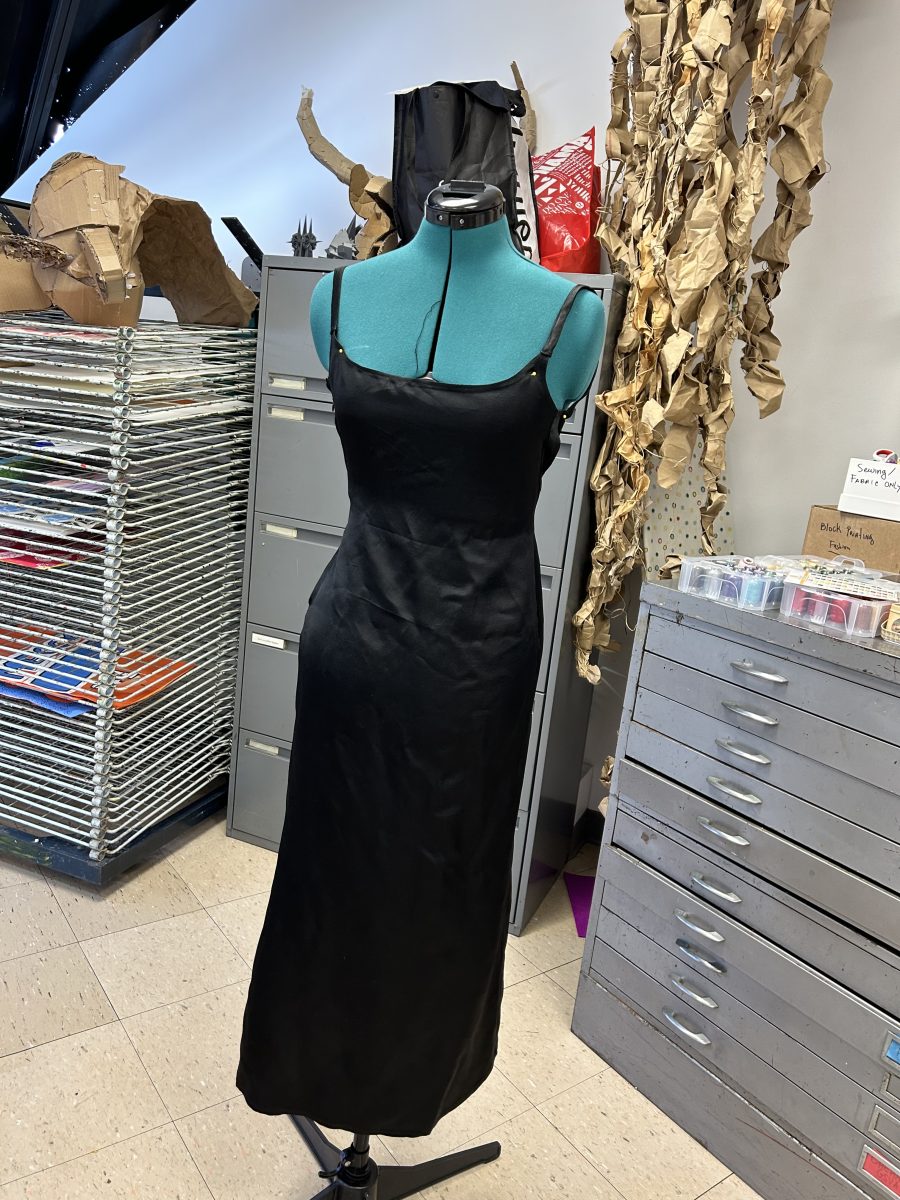

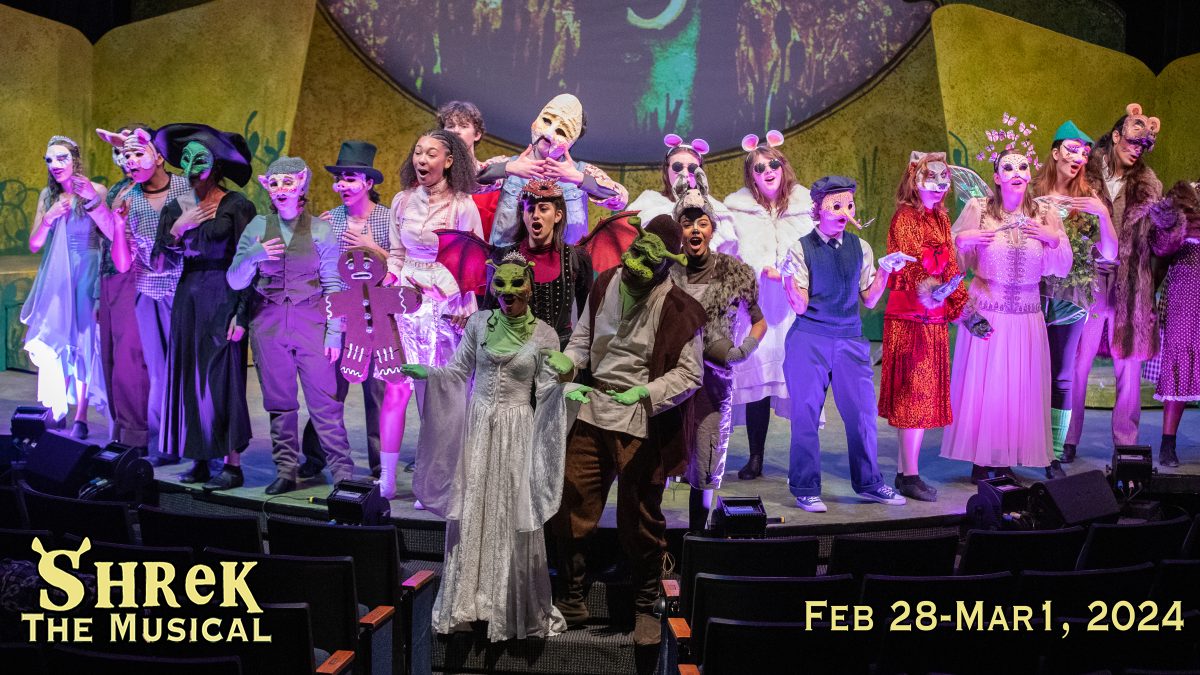
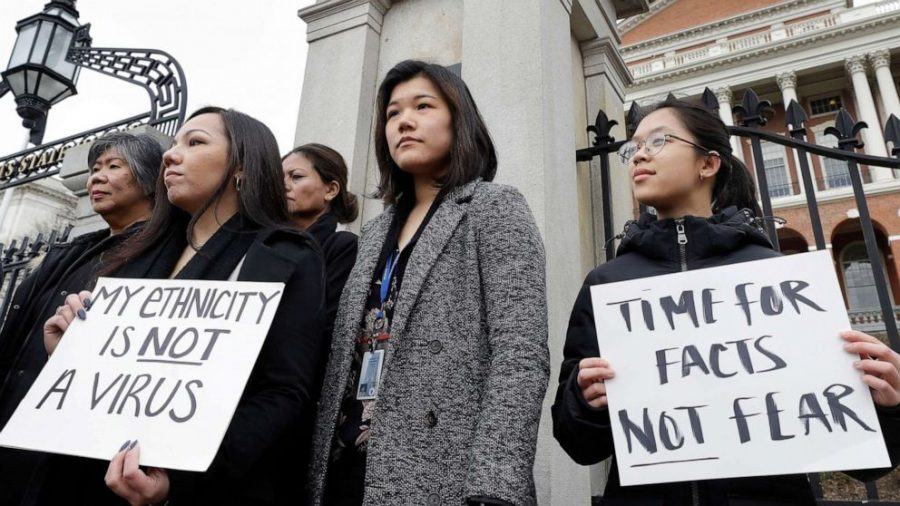
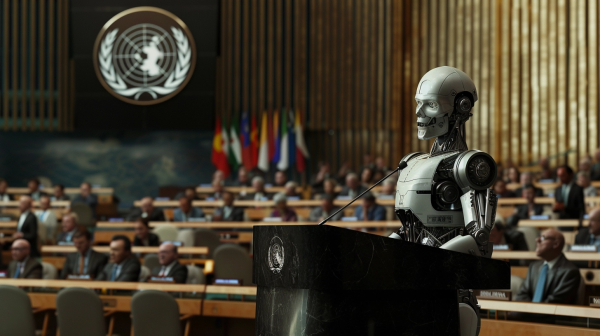
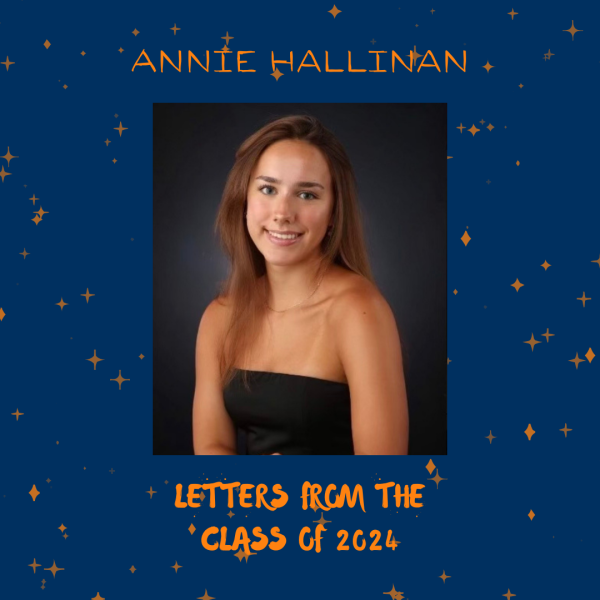
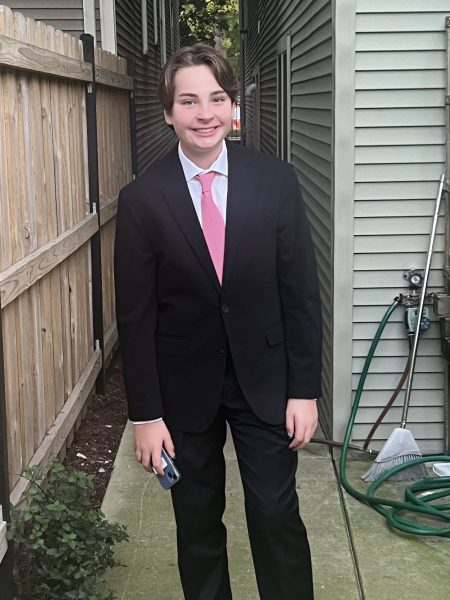
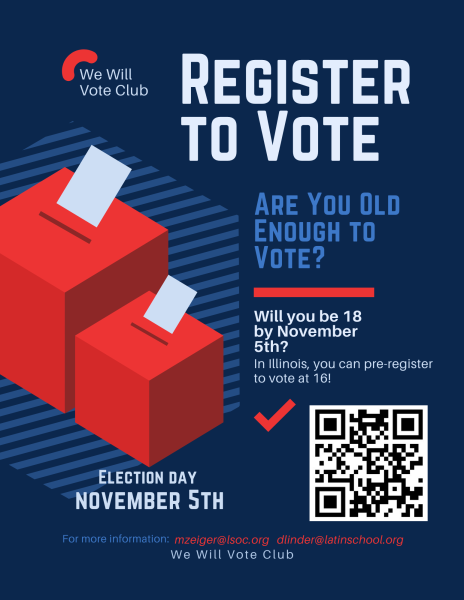

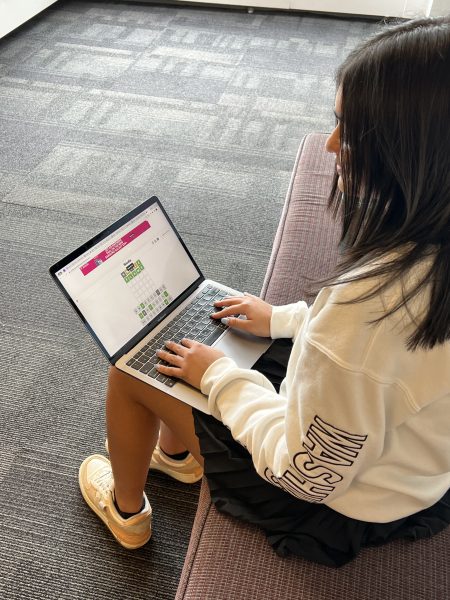
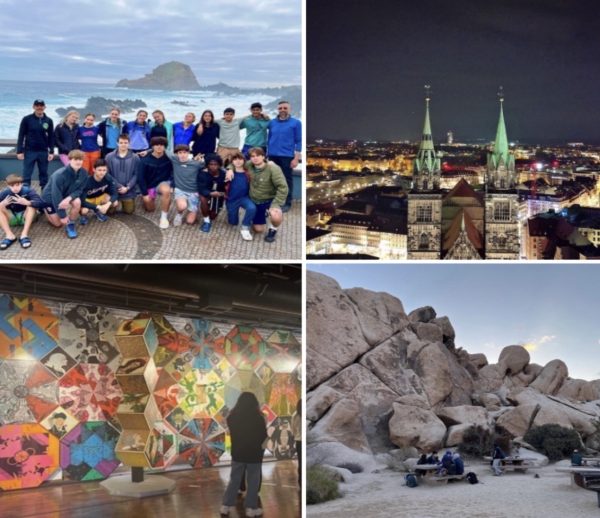
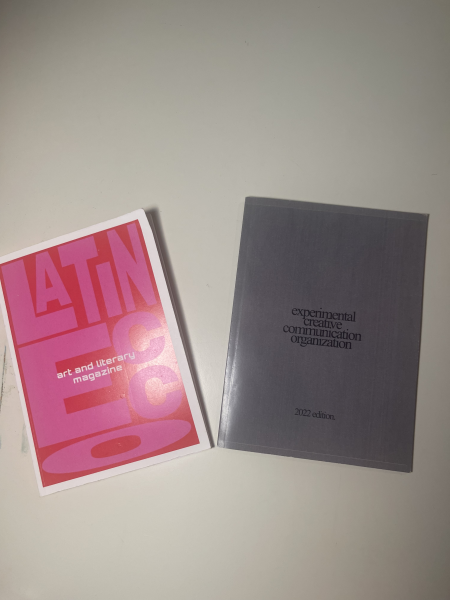
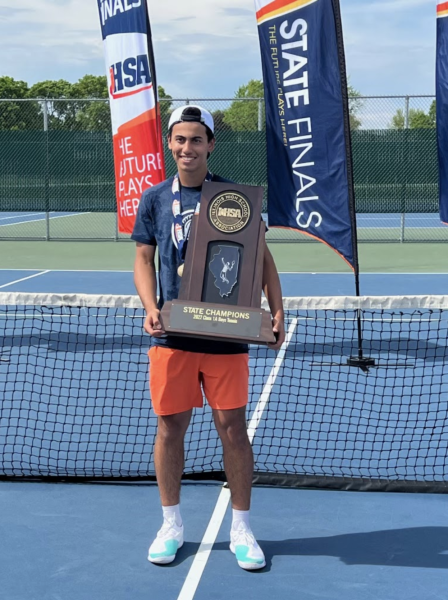

Dr.PM.Shah and Dr. Mrs.KUSUM P. Shah • Apr 8, 2021 at 6:43 am
Armaan has expressed excellently well the current situation and hope that it should change for much better with present Vice President and The President.